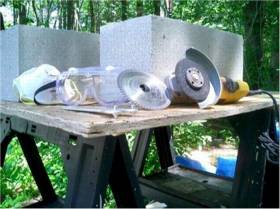I have tried to consolidate the experiences of different builders in a more accurate and comprehensive Pompeii Oven materials list. You can find the online version here:
Also, this updated list is now in the PDF plans, which we are editing and will be releasing shortly.
Take a look. This would be a good time to get some feedback, as we can build changes into both the online and eBook plans.
Thanks!
James
Also, this updated list is now in the PDF plans, which we are editing and will be releasing shortly.
Take a look. This would be a good time to get some feedback, as we can build changes into both the online and eBook plans.
Thanks!
James






Comment